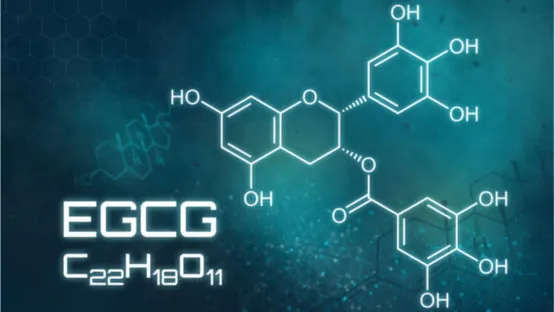A new study published in Nature shows a strong link between the protein G3BP1 and the SASP, a harmful byproduct of senescent cells.

Read More
Silencing the SASP, not stopping senescence
This study shows that silencing rasGAP SH3-binding protein 1 (G3BP1) expression in mice does not stop cells from becoming senescent. Instead, interfering with G3BP1 through epigallocatechin gallate (EGCG) interferes with cyclic GMP-AMP synthase (cGAS), whose cGAS-STING pathway is responsible for the type 1 IFN response, which is critical to the SASP.
The researchers observed this relationship directly by comparing the activities of cells with and without G3BP1. Cells without G3BP1 were unable to colocalize cGAS with the cytosolic chromatin fragments of senescent cells, thus stopping this pathway before it was started.
They confirmed their findings by supplementing cells with a downstream byproduct of cGAS. This supplement promoted the SASP even while GCBP1 was restricted, showing that this G3BP1/cGAS relationship is a primary cause of the production of these chemicals.
A double-edged sword
Simply turning off G3BP1 through EGCG is unlikely to be a desirable option for a broad therapy. Mice that cannot produce G3BP1 show symptoms of accelerated aging (progeria), including ataxia, and cells without it have difficulty proliferating. The researchers note that EGCG also affects other pathways, including Wnt and AKT, which are important to our biochemistry.
The researchers have also found evidence that G3BP1 is responsible for the production of Lamin B1, as cells without this protein are unable to produce it. This may explain the accelerated aging of mice without G3BP1, as a lack of lamins is associated with progeric diseases and genomic instability, a primary hallmark of aging.
Conclusion
While the researchers openly admit that this study offers only a partial understanding of one piece of the puzzle, this research represents an intermediate but critical step in our understanding of senescent cells and the SASP they create. Hopefully, it may be possible to build upon this research to develop therapies that interfere with the relevant pathways, and only the relevant pathways, in less harmful ways, stopping the deleterious effects of the SASP without causing side effects that increase the effects of aging in other areas.



